These photos are from our visit to the Museum of London in 2006. The light levels in the museum can be quite low, so the photos sometimes are underexposed. The level of detail on the placards was also fairly limited, but most of these items have been published by the MoLAS if you want to read up further.
I’ll keep the captions brief and to the point.
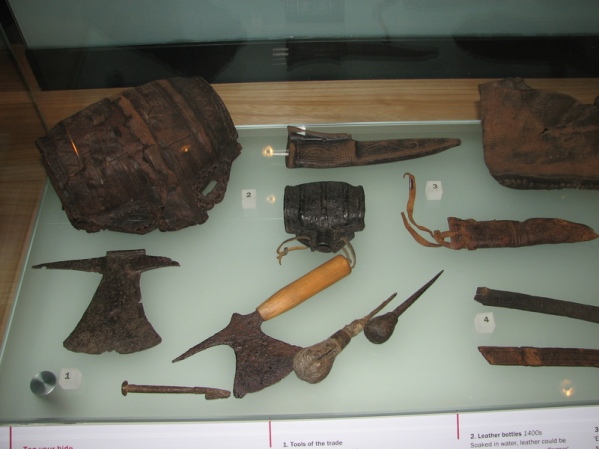
Leatherworking tools, about 14th century. The small costrel in the middle is often cited as evidence for sand moulding. I can't see how you'd sand mould the ribs or why you'd need to once you'd moulded the ends and neck.
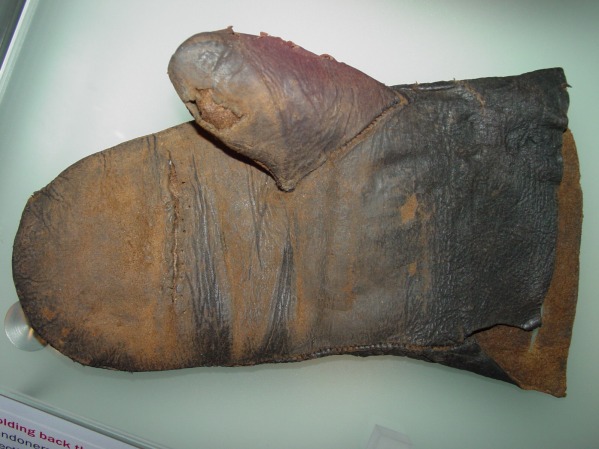
Leather glove, 15th c. from Bankside Southwark. The cutout for the thumb stall is teardrop shaped, there is a repaired tear across the mitten.
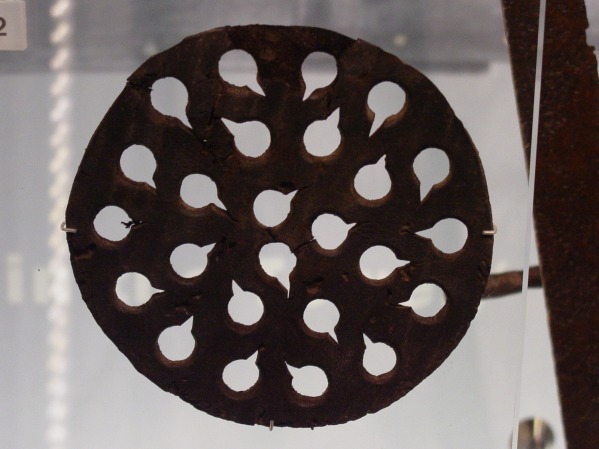
Arrow spacer, 1400-1500. These were sewn into linen arrow bags, protecting the feathers from crushing. The small notches allow small broadheads to pass through. We've made a copy of this one and found it worked really well.
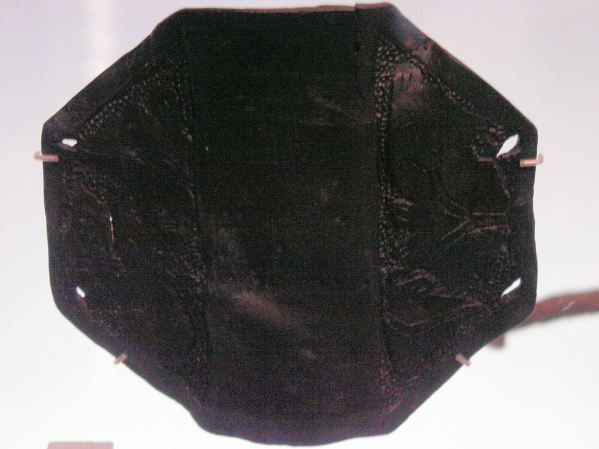
Archer's armguard, 1500-1550. Found in Worship Street, another of virtually identical shape was found in Newport, Wales.

Jack, 15th-17th century from the shape of the handle - the pewter lid is a later addition. Compare this with the ones at Warwick Castle.
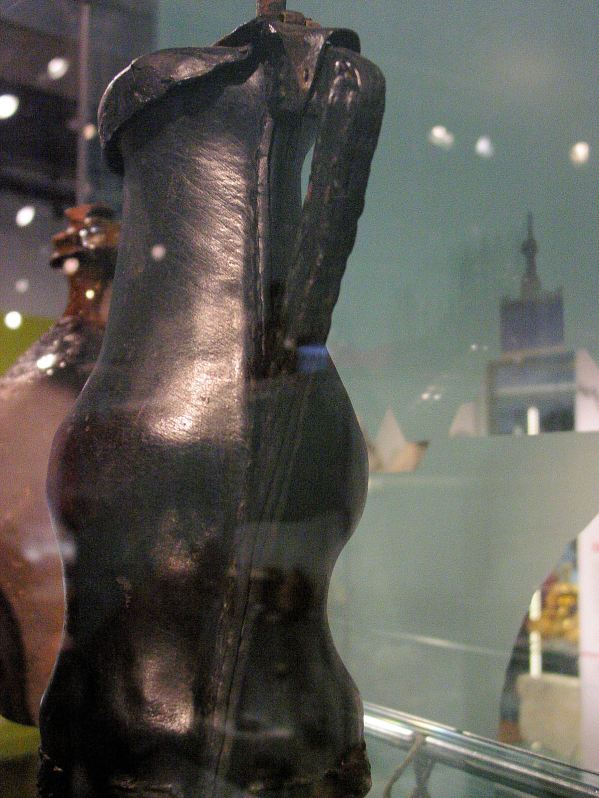
Jack, handle view. The twist in the body is caused by uneven tension when sewing the back seam. I've only done it this severly once.
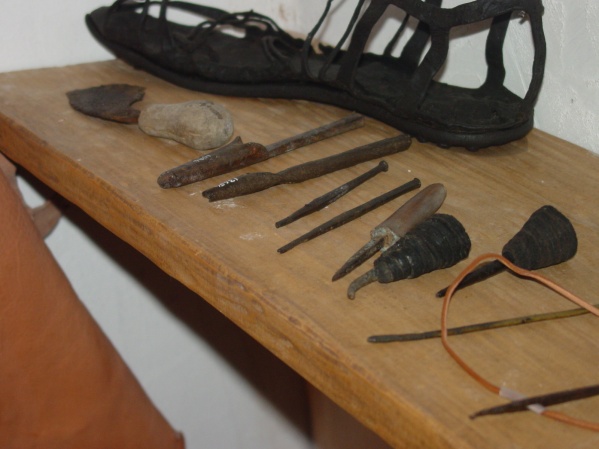
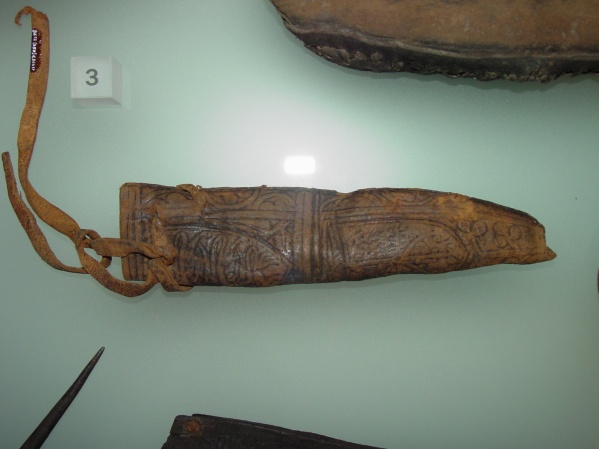
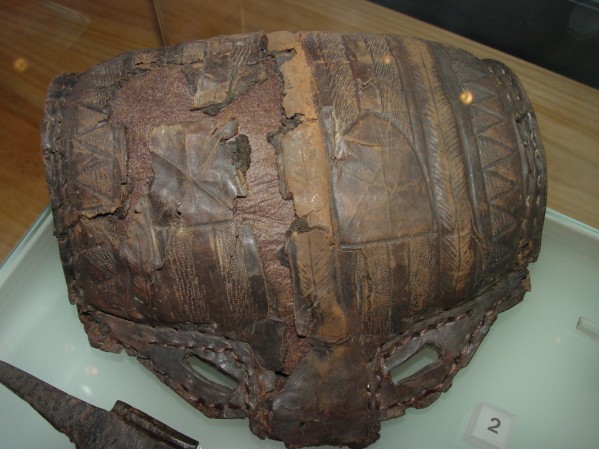
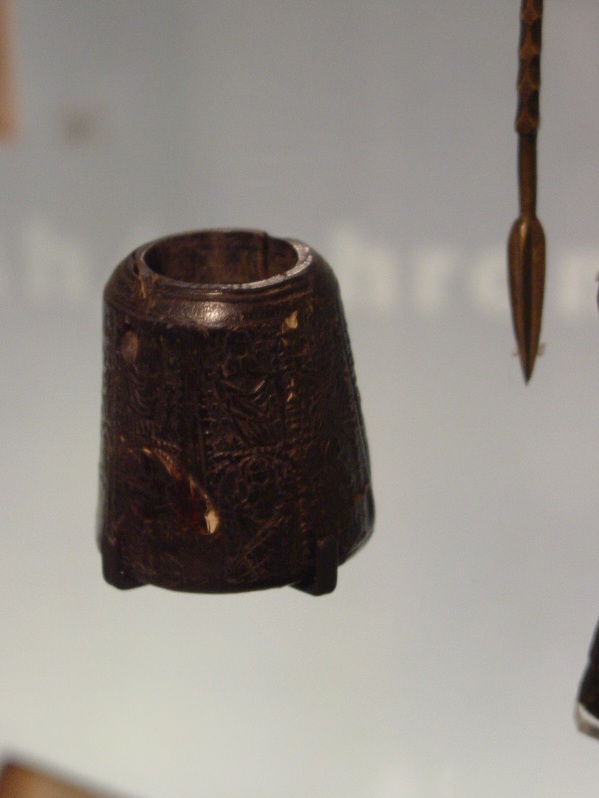

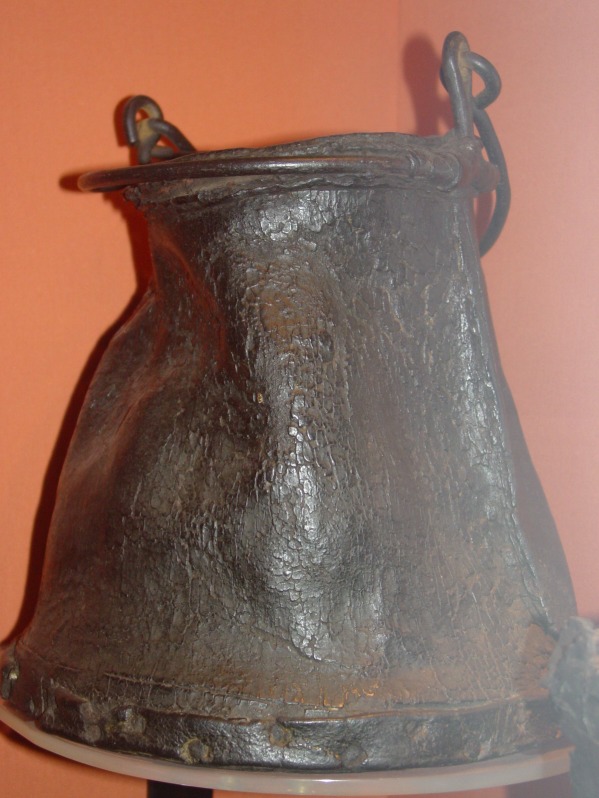
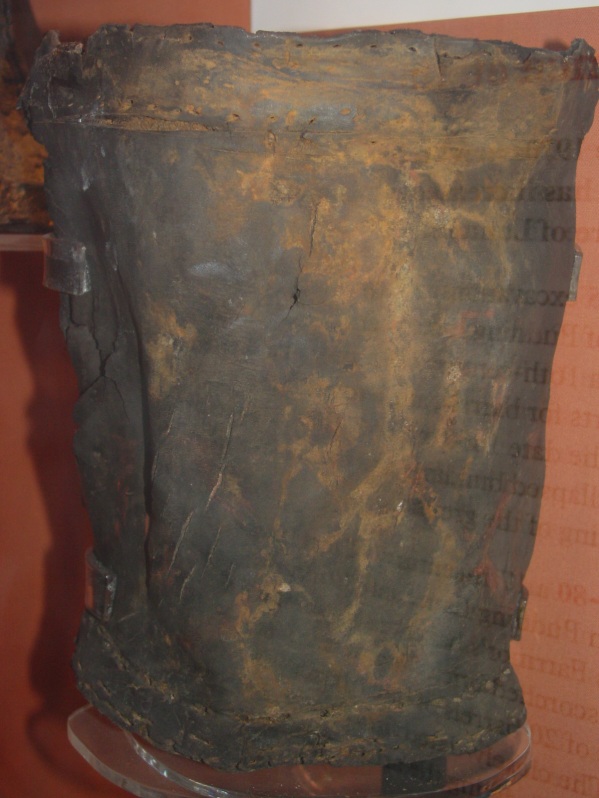
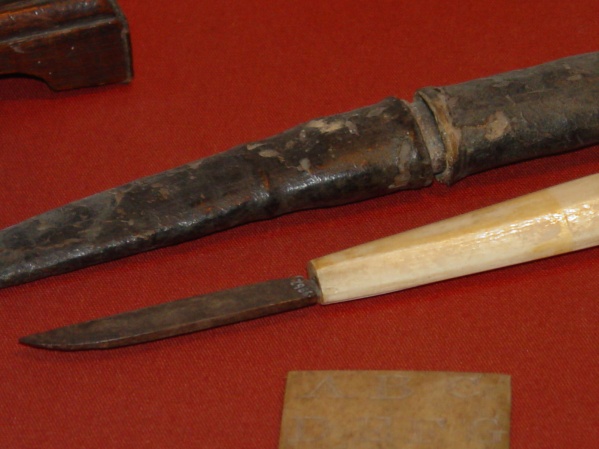
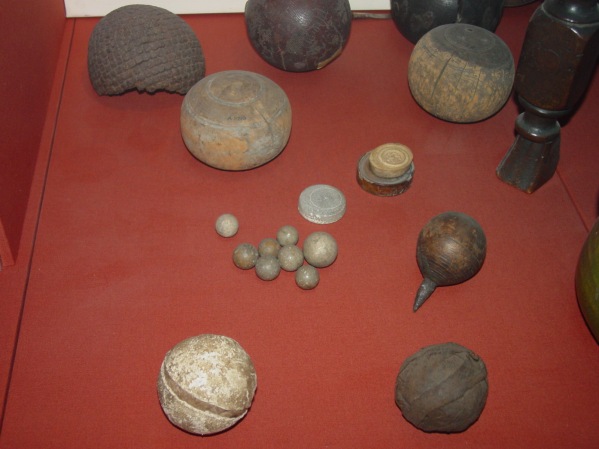
Great post, great pics.
Regards, Le Loup.
There’s a Museum of London image page here: http://www.museumoflondonimages.com/image_details.php?image_id=61164&wherefrom=viewCategory
Great pics, possibly the best museum in London for ‘real life’ items.
Just a point of interest re your ‘styli’ they are ink pens, the copper alloy sheet metal pen has a slit in it, plus is slightly broad in profile, suggesting a pen, indeed, reproductions of these work well. To use them as both, would mean having wax on an ink pen, rendering it unusable.
Likewise, the ‘capillary’ pen is just that, the flutes joint at the point allowing ink to flow. These pens go back to antiquity and some classic Italian pen makers produce these sort in glass.
The case is a penner, a case for pens, feather and metal, these are well represented in the archaeology and MSS.
Styli are also very common, these seem to be a turned bone handle with a metal point inserted in the end, or simply a pointed bone without additional metal. There is an example in Christopher DuHamel’s Scribes and Illuminators – British Museum Press, medieval craftsmen series.
regards
So it is, I relied on the museum caption and didn’t look at the photo closely enough. Thanks for the correction 🙂
Hi reverend,
your photos are a very interresting documentation !
I’m interrested about the pen knife and moulded leather case. In wich part of the museum are they ?
Hi Jérémie,
Last time I was there they were downstairs in the post-restoration/post-great fire London section.
Pingback: Museum of London extant leather | cat4tuna archery